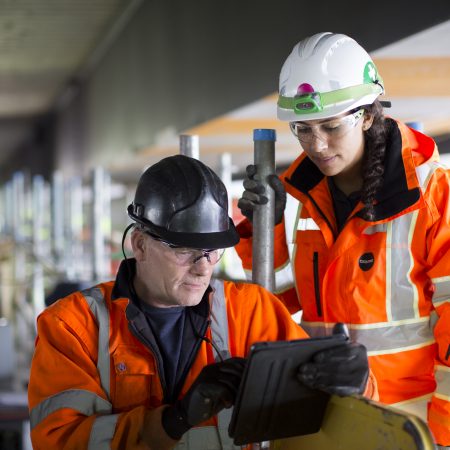Why Intelligent Mobility Must be Designed around Human Behaviour
Transportation is an aspect of our lives that will be revolutionised over the next 20-30 years. To the extent that people in 2050 may look back at how we organise human mobility today and wonder how we ever managed. It could be like trying to explain life before the internet and smartphones to a millennial.
Intelligent mobility encompasses a myriad of emerging technologies, including autonomous and connected vehicles, data modelling and virtual reality. It aims to develop smarter solutions to issues such as increased urbanisation and congestion, rural isolation, populations that are growing and ageing, and environmental protection.
The time may well come when humans are not allowed to drive on public highways. Even if it’s technically possible, will anyone insure you when you consider that 95% of today’s road accidents result from human error? And, if you can’t drive, why bother to own a car when you can use an app to order one whenever you need it?
Mobility as a Service (MaaS) that includes multi-modal transport on demand increasingly looks like the future. If this is to become the reality, then much of our transport infrastructure needs to be rethought and reengineered.
The Human Factor
If intelligent mobility is really to improve how we live, how we travel and our environment then we can’t lose sight of people. Understanding and applying human factors will be essential if the promised benefits are to become a reality.
Human factors emerged as a design discipline in World War Two when it became apparent that the best planes with the best pilots still crashed. Applying an understanding of human behaviour to the layout of increasingly complex cockpits and controls reduced avoidable accidents.
To make sense of the entire transport systems of tomorrow we also need to fully appreciate what journeys people will make and how we behave in different environments. A real-world view based on our psychology and behaviour patterns may look very different from an ideal computer model (even one constructed with the best data available).
Designing the future of our transportation systems will be as much a task for behavioural psychologists and market researchers as it will be for artificial intelligence and data analysis. Considering human factors is an area where virtual reality could play an important role. If we can place real people into the remodelled transport system in a virtual world and see how they behave, we can probably avoid some expensive mistakes based on flawed assumptions or data.
Intelligent mobility is something we are certain to hear much more about in the coming years. At the heart of it we have to remember that mobility is very much a human issue.

